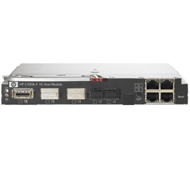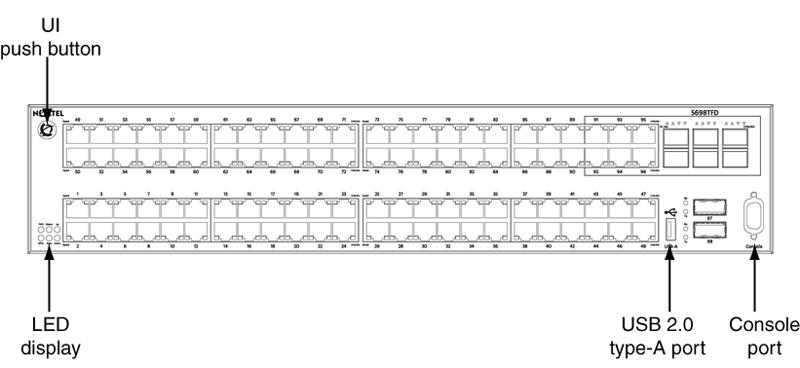![]() Well the final notice arrived last week sometime. AT&T is pulling the plug on CallVantage come October 20, 2009. I’ve been a CallVantage customer for more than 3 years now and I’ve never (yes never) had an issue with the service. And it’s saved me a ton of $$$$ with the wife making all those long distance calls that can go on for hours and hours. The voice quality was awesome and the feature set was superb. I’m very sad to see this service go, it was truly a winner if you ask me.
Well the final notice arrived last week sometime. AT&T is pulling the plug on CallVantage come October 20, 2009. I’ve been a CallVantage customer for more than 3 years now and I’ve never (yes never) had an issue with the service. And it’s saved me a ton of $$$$ with the wife making all those long distance calls that can go on for hours and hours. The voice quality was awesome and the feature set was superb. I’m very sad to see this service go, it was truly a winner if you ask me.
So now the search begins in earnest for a replacement (AT&T is advising all CV customers that wish to port their numbers to issue the request/order by September 29, 2009). There are quite a few other VoIP providers out there these days but where’s the gem in the rough? I haven’t decided myself but I’m curious if anyone out there has any opinions they’d like to share.
http://www.vonage.com/
http://www.voicepulse.com/
http://www.phonepower.com/services/voip/voiphome.aspx
http://www.itp4you.com/
http://www.voipo.com/
http://www.intalk.com/
The obvious option might be Vonage although I read a lot of bad stuff about their customer support, although is that just because of their sheer size?
I’ve got a lot of homework to do over the next week or so.
Cheers!
Update: August 11, 2008
After doing quite a bit of reading I went ahead and ordered service from VoicePulse. It’s amazing how many dreadful reviews of all the different VoIP service providers are out there. Then there are the supposedly independent review sites that are really just looking for a commission on the referral. It was very time consuming sifting through all the garbage in search of some honest non-biased reviews. In the end I decided to just try VoicePulse given it’s location, New Jersey, and the age of the company itself – it’s been around for sometime now. I guess there’s quite a rush on since the Linksys ATA was on backorder at the time I placed my order. I just got an email from UPS that the adapter is scheduled to arrive tomorrow. I’ll be sure to post a full (honest) review when I have everything up and running.
Cheers!

